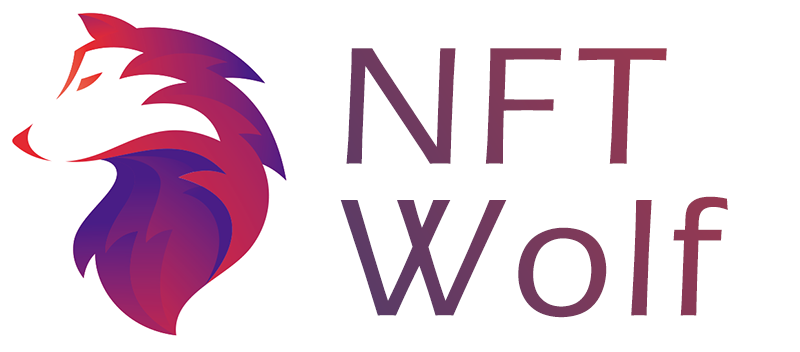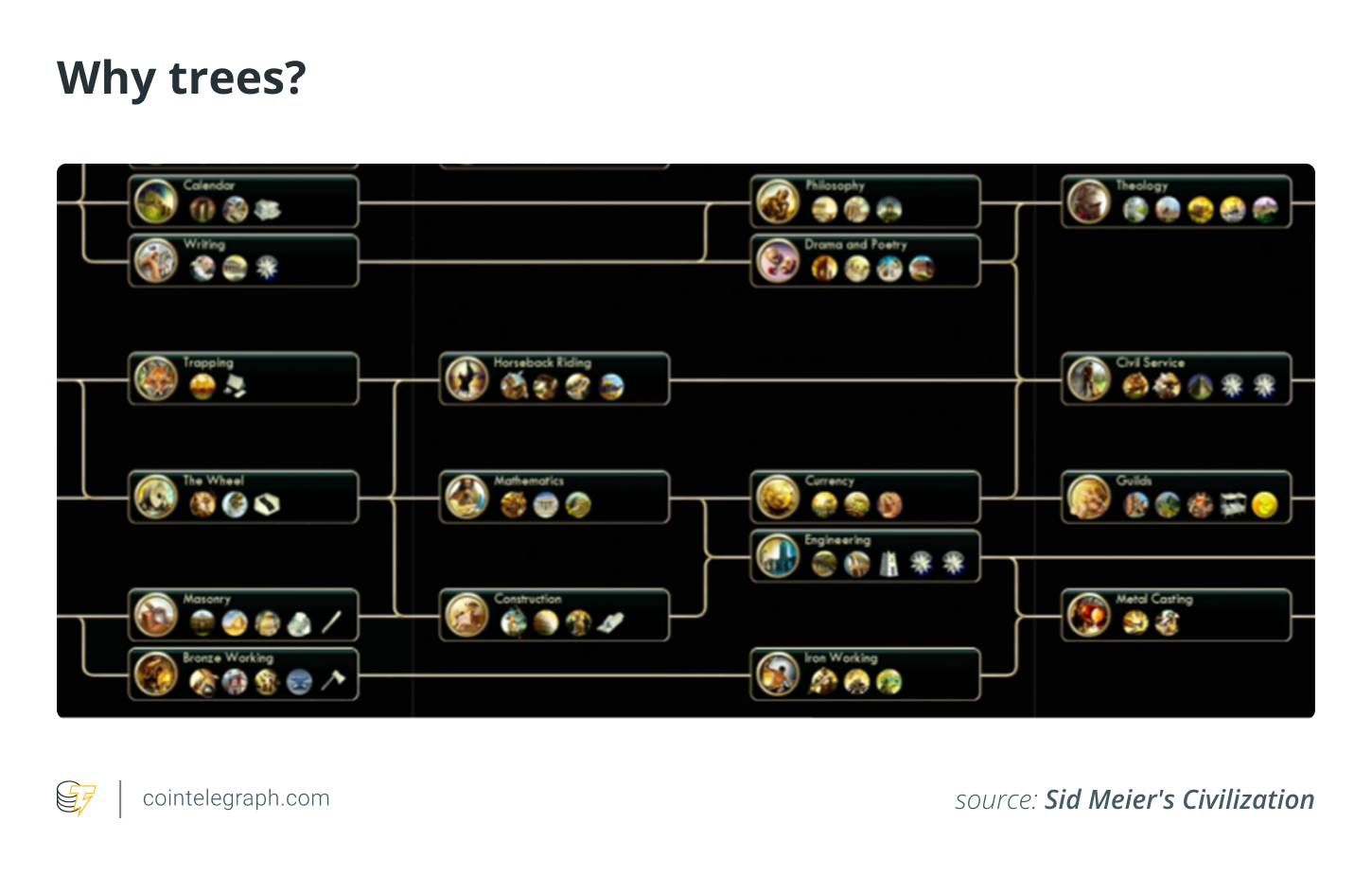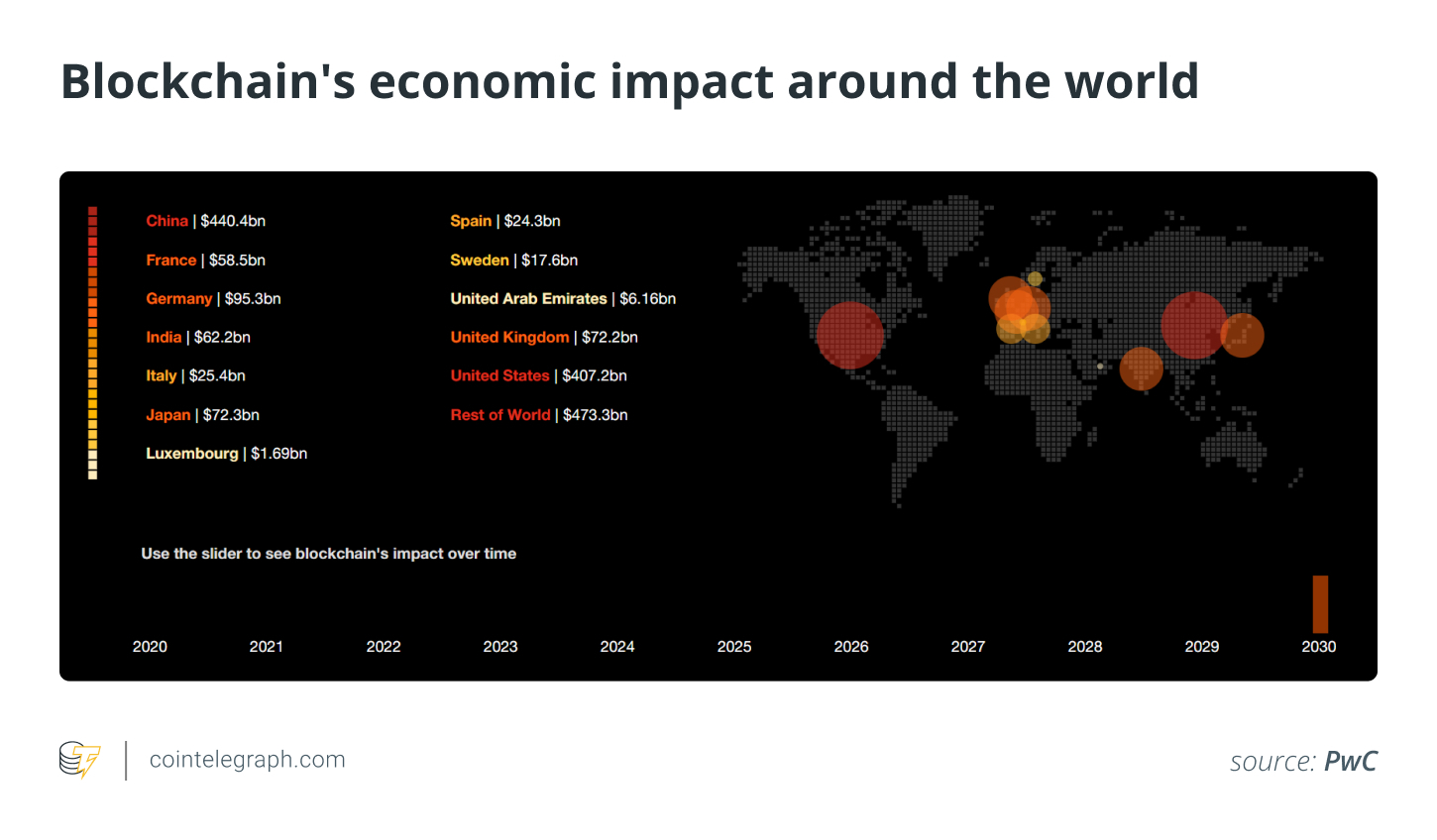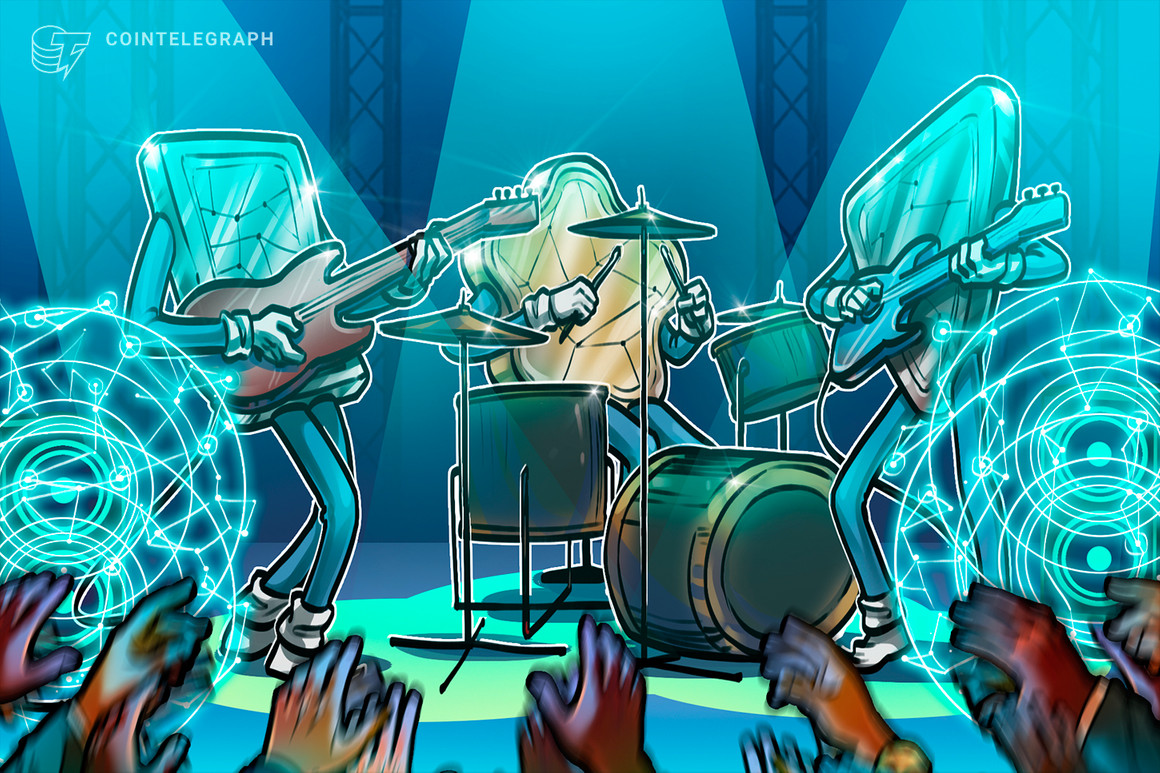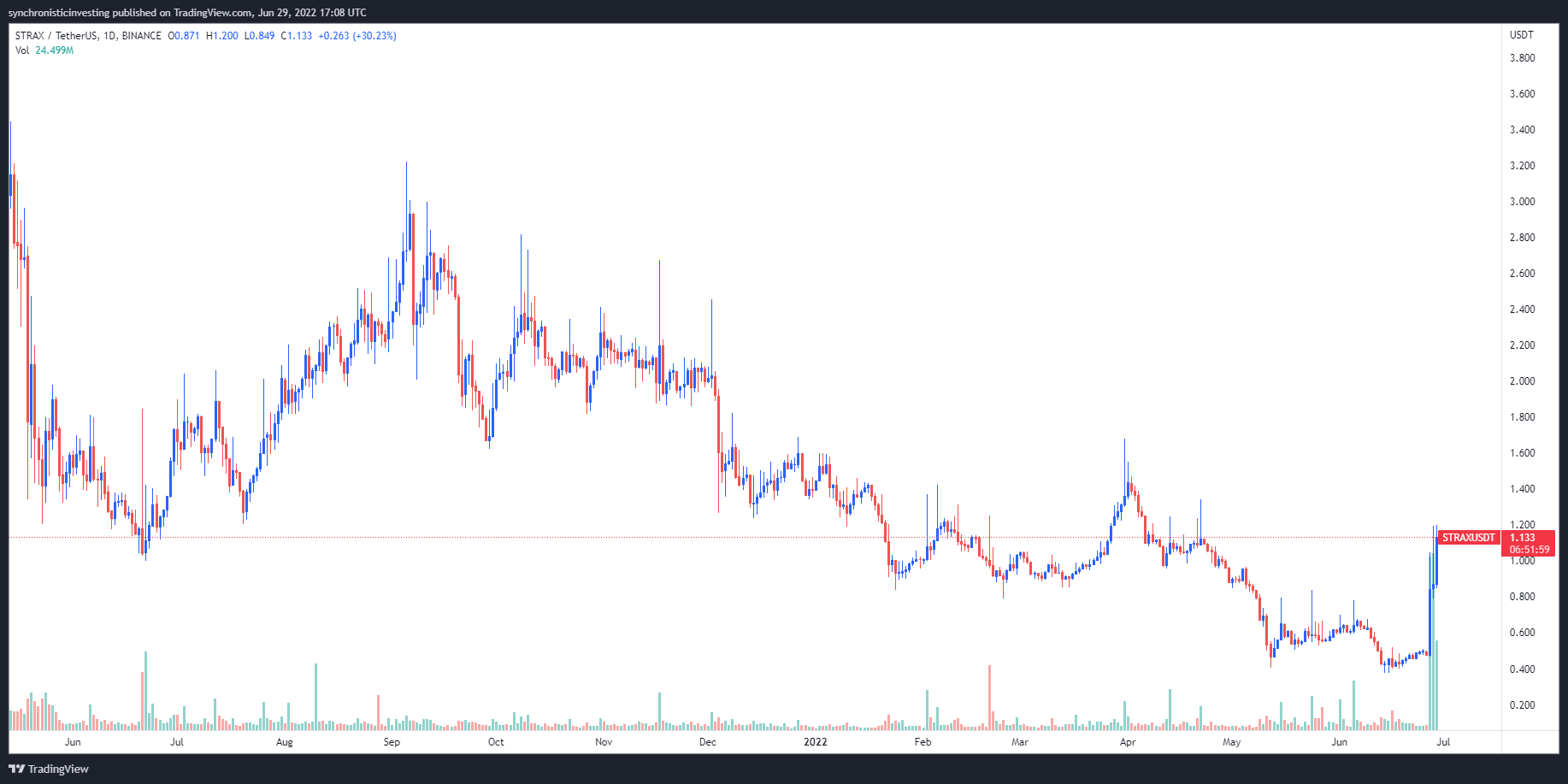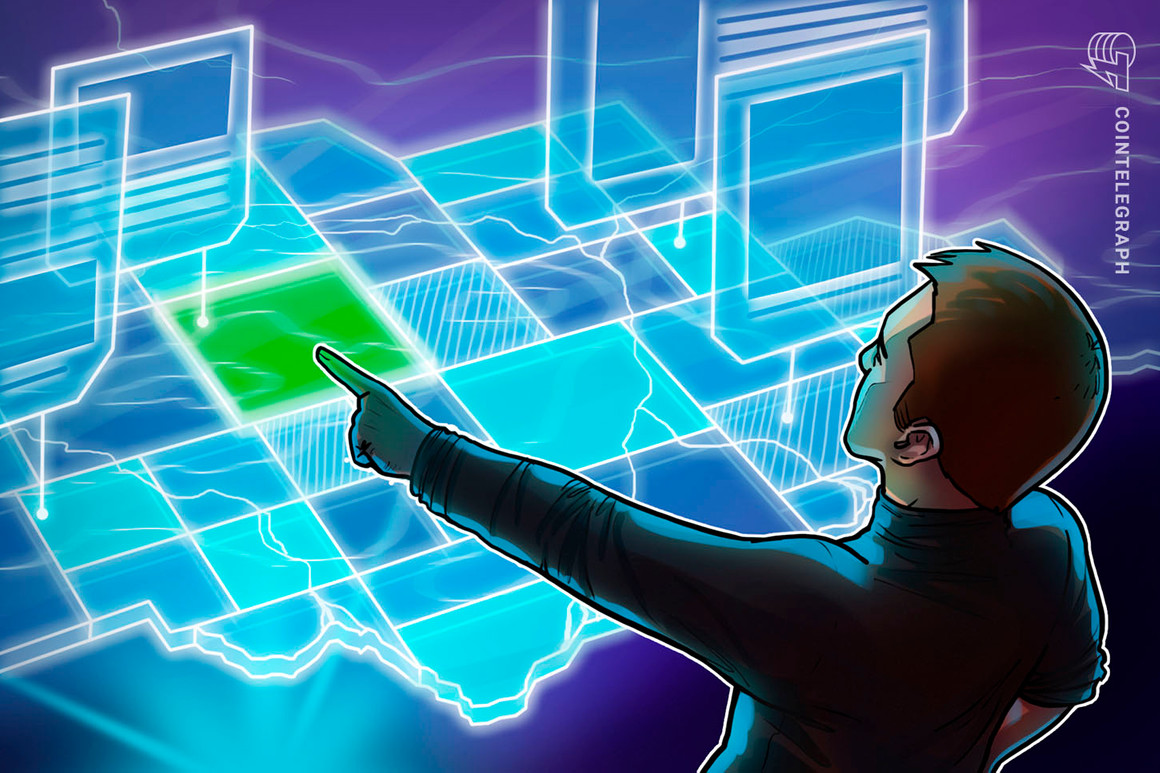The Metaverse could be tech’s next trillion dollar opportunity . As more companies show interest in immersive virtual spaces that allow consumers to experience new levels of reality, the Metaverse may become tech’s next trillion-dollar opportunity . This was highlighted in a recent report from CB Insights, which found that the Metaverse will disrupt at least 13 leading industries including fashion, retail, gaming, education and more.
Notable, but there are many metaverse environments still in development. On May 24, tech giant Microsoft revealed that it had created an “industrial metaverse” which will allow workers to use augmented reality headsets to manage their supply chains. Venture capital firm Andreessen Horowitz (a16z), believes that gaming infrastructure, and technologies will “be the key building blocks of the Metaverse.”
Utility is key
It is not clear which type of metaverse ecosystem consumers will prefer. Recent developments suggest that avatars, in the form nonfungible tokens, will play an important role in the Metaverse. They will act as users’ digital identities within virtual spaces.
Cointelegraph was told by Sebastien Borget (co-founder and chief operating office of The Sandbox), that avatars were the new representation of an individual’s identity in The Metaverse.
“By using avatars, anyone can express their digital self in ways that were not possible before. Mainstream audiences can easily grasp the concept of being fully in control of your identity, and being able carry it across multiple decentralized apps and virtual worlds using an NFT.
Borget said avatars in Metaverse can represent a user’s moods, tastes, and appearances. He said that avatars “in the end shape how we interact in the Metaverse.”
Borget explained that The Sandbox is creating Elvis Presley avatars for their metaverse ecosystem. This would allow millions to “transform” into Elvis Presley.
Borget said that Elvis avatars will be able to transport fans through a virtual time capsule in order to complete entertaining tasks. He said that users will be able “to advance as a Memphis mafia member” in The Sandbox Metaverse. Borget thinks such a feature would be very entertaining. The Memphis Mafia was the name given to Elvis Presley’s friends and associates.
Cointelegraph was further informed by David Porte, Run it Wild’s creative director, that the studio has 5,000 Elvis avatars and will be able interact with all avatars in The Sandbox.
These features, also known as avatar’s utilities, are entertaining and important for digital identity in a metaverse ecosystem. Porte, for example, stated that Run it Wild’s ultimate goal with this project was to create a virtual space for Elvis fans through Web3 rails like utility to cross borders.
Aaron McDonald, cofounder of FLUF World , a 3D Metaverse ecosystem, spoke to Cointelegraph about this. He explained that avatars engage a wider community visually, but utility is what gives purpose and meaning to a user’s character. He said that utility helps users to participate in the Metaverse’s economy. This is crucial since Web3 is all about community ownership and creating community value.
McDonald’s pointed out, for example, that every character in the FLUF ecosystem can be their avatar. This allows them to serve as their representatives in the Metaverse. Each character has a unique purpose and function. McDonald’s explained that FLUFs are considered the apex avatar. McDonald’s explained that FLUFs are the apex avatar.
McDonald’s also pointed out that “thingies”, which are avatars in the FLUF ecosystem, are artificial intelligence (or AI) capabilities. He explained that each avatar can be given a “brain” that targets a particular function. Altered State Machine’s head of strategy Erin Zink told Cointelegraph that avatars powered by AI are bringing diversity and randomness into the Metaverse. She said that avatars are unique, unpredictable, and have different strengths and weaknesses. Zink explained that ASM’s AI agents are made up of two components.
One is a visual representation, such as a Bored Ape Yacht Club NFT or 3D avatars FLUF World or even a chatbot. This is only the aesthetics. Brain NFTs are the other half of this agent. Brain NFTs can learn and evolve and are interoperable with other forms and worlds.
Zink explained how Brains work by explaining that ASM recently launched Artificial Intelligence Football Association (NFTs), which are made up of 40,000 customizable 3D soccer characters. Zink explained that these avatars will compete as teams of four in ASM’s upcoming decentralized play and earn soccer game, AIFA. Combine each AIFA star with an ASM brain to create four teams. She said that you can train them and help them rise up the ranks to be the global champion. Zink said that ASM will soon launch “The Next Legends”, a boxing title that uses AI-powered characters.
The Metaverse’s future digital identity
Although it is difficult to predict how metaverse environments will develop, experts in the industry believe avatars and utility will be key elements of social interactions and identity going forward.
Co-founders of Seekers and Sylo, creators of 3D animated NFT robotics, Dorian Johannink told Cointelegraph that NFTs will move beyond the JPEG phase. “Character avatars can be a jumping off point but to develop long term engagement these assets and environment need to continue providing deeper unique functionalities that help to immerse and offer functional benefits to holders.
Borget shared this information to show that The Sandbox is actively working to make more avatar NFTs come to life in its metaverse. On March 27, The Sandbox sent out a tweet referencing this. We would love to see 3D voxelized models of every 2D collection. There are also collections like the People of Crypto, which will allow for utility to be built into the Avatars right from the drop. Borget noted that owners of Metapride will be able join the first Metaverse Pride Parade.
This may be true soon, but there are still challenges that could hinder development. Borget spoke about the challenges of turning 2D NFT collections into interactive avatars. He also noted that the aesthetics and creativity required for voxels require talent. James Dewhirst (co-founder of Dinodawg kingdom, an NFT avatar project built using the Solana Network), told Cointelegraph that it is still not possible to create a universal avatar model that can work across all platforms.
We need to make sure our Dinodawgs work on Unreal Engine and Unity in order to be able to offer different utilities. This is a complex and bespoke process. We need to work closely together with each partner in order to ensure that our avatars are able to function seamlessly on their platforms.
Cointelegraph was also reminded by Nick Rose, Ethernity founder and CEO of Ethernal Labs, a creative studio for NFTs. He said that the greatest challenge currently is that different metaverses don’t interoperable.
“A 60,000-foot view of the Metaverse ecosystem today shows that it doesn’t look like the globe’s world with different continents connected by water. It’s actually a patchwork of siloed planets creating their own communities.
